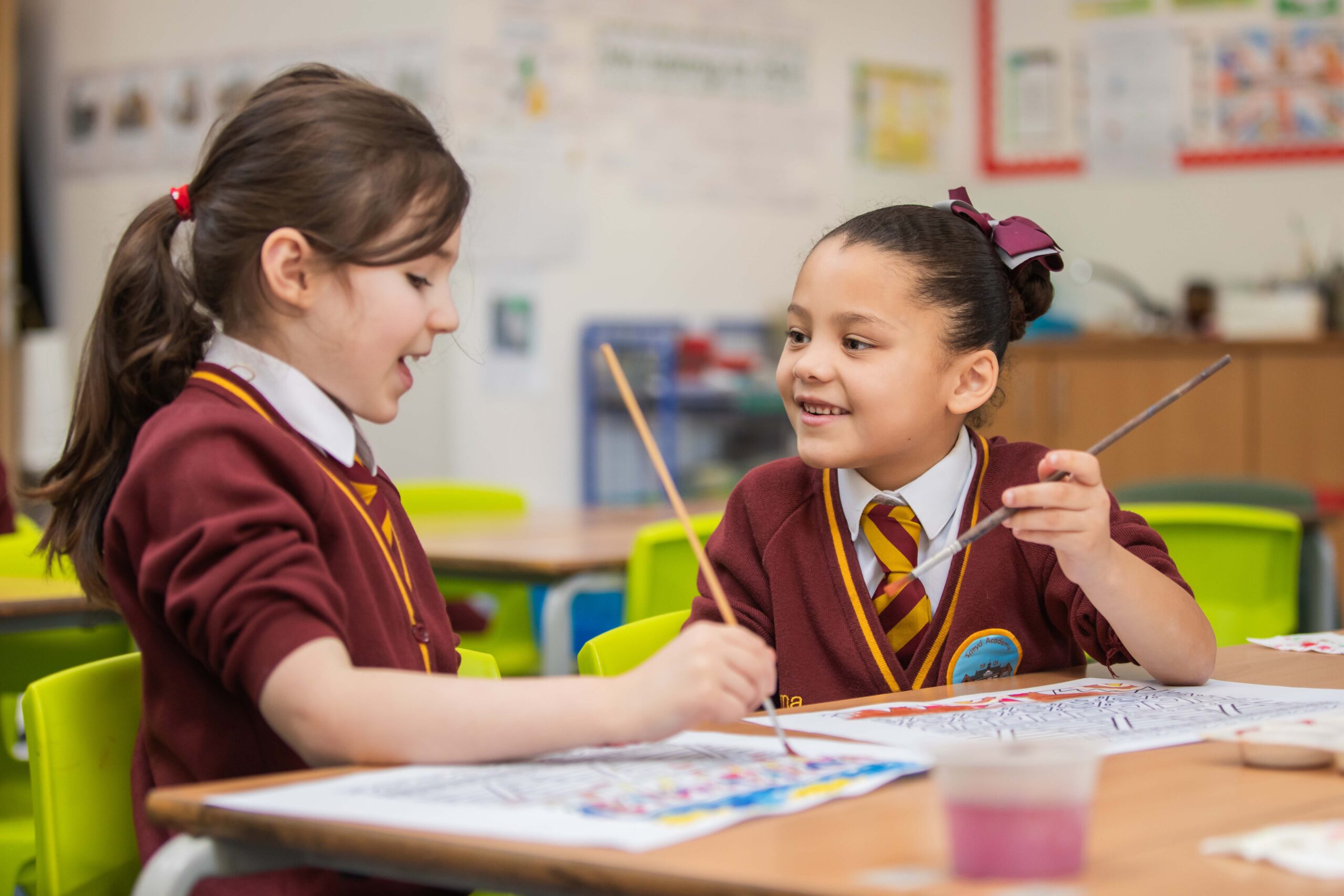Holy Month of Ramadan
As we embark on the auspicious journey of the Holy Month of Ramadan at Sneyd…
Computing within EYFS would come under a range of the different areas of learning including: communication and language, understanding the world, personal, social and emotional and maths and literacy.
Within our Nursery and Reception classrooms, the children have access to a range of technology to enhance their learning experience through computing such as: programmable toys and interactive screens. Children will experience sequencing through ordering of known stories and fairy tales, as well as basic skills.
The NCCE Computing curriculum is designed as a progressive curriculum. Each year covers six different topic areas each year and will allow children to build on their knowledge from previous year groups all the way from Year 1 to Year 11. The topics are:
In Key Stage 1 children will:
These skills we be taught in Year 1 and Year 2 using a range of technology including laptops, BeeBots, digital cameras and programs like paint, scratch, Word and a range of websites.
In Key Stage 2 children will
Throughout children’s time at Sneyd Academy they will be given the chance to be involved in different computing enrichment activities including using physical computing such as Micro:bits and taking part in STEM workshops.

Our aim is to enthuse our children to ‘Learn, Achieve, Believe’ in all that they do.
We offer a broad and balanced curriculum as well as excellence in maths and English. We bring in expertise for pupils in music and PE and achieve well in these subjects.
Here you can find a collection of our latest news. We aim to keep all stakeholders as up-to-date as possible.
As we embark on the auspicious journey of the Holy Month of Ramadan at Sneyd…
Are you passionate about education and hold a degree? Alpha Academies Trust presents exciting opportunities…
If you require a paper copy of any of the pages / documents published on this website, please click here and complete the form stating which page(s) / document(s) you require along with your name and address.